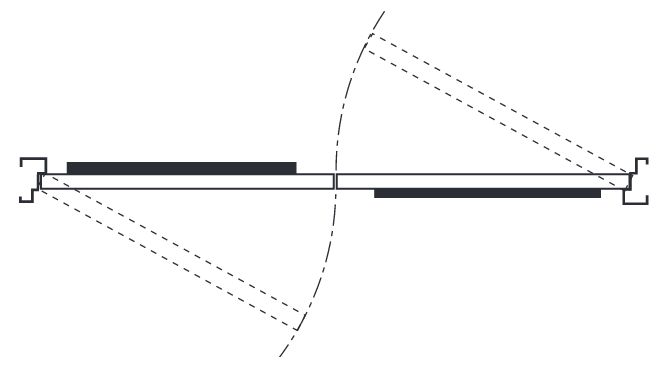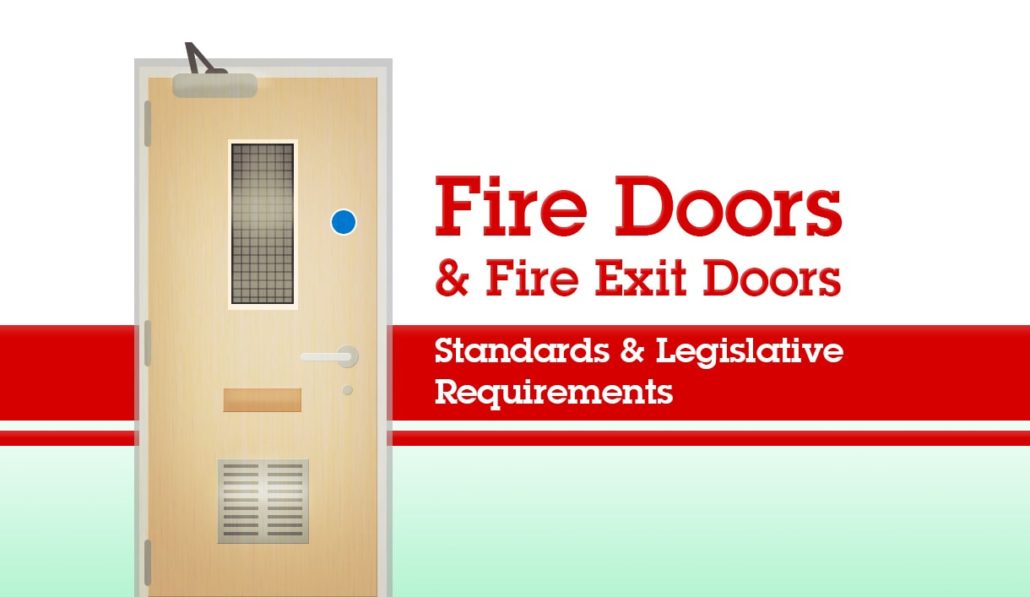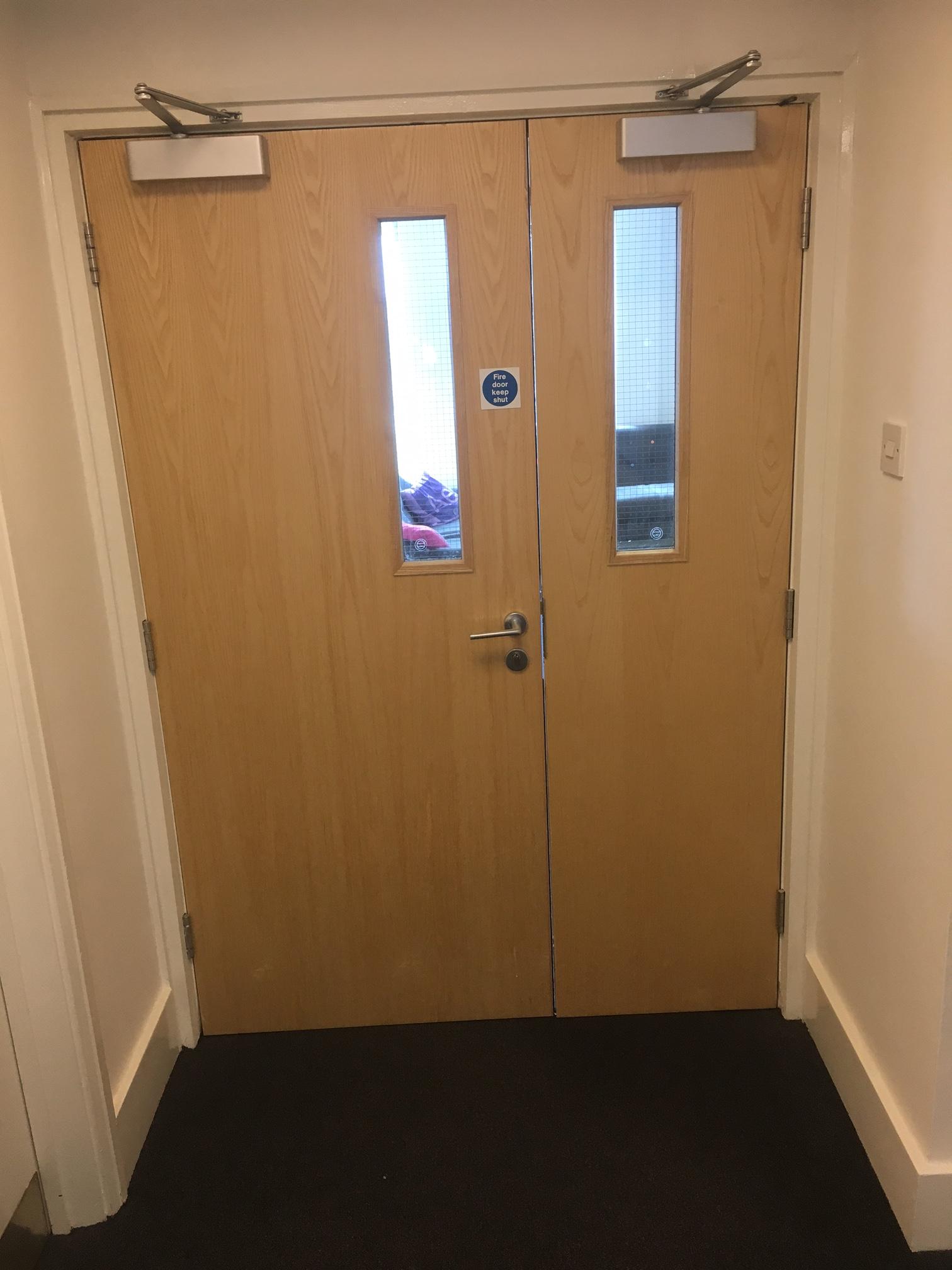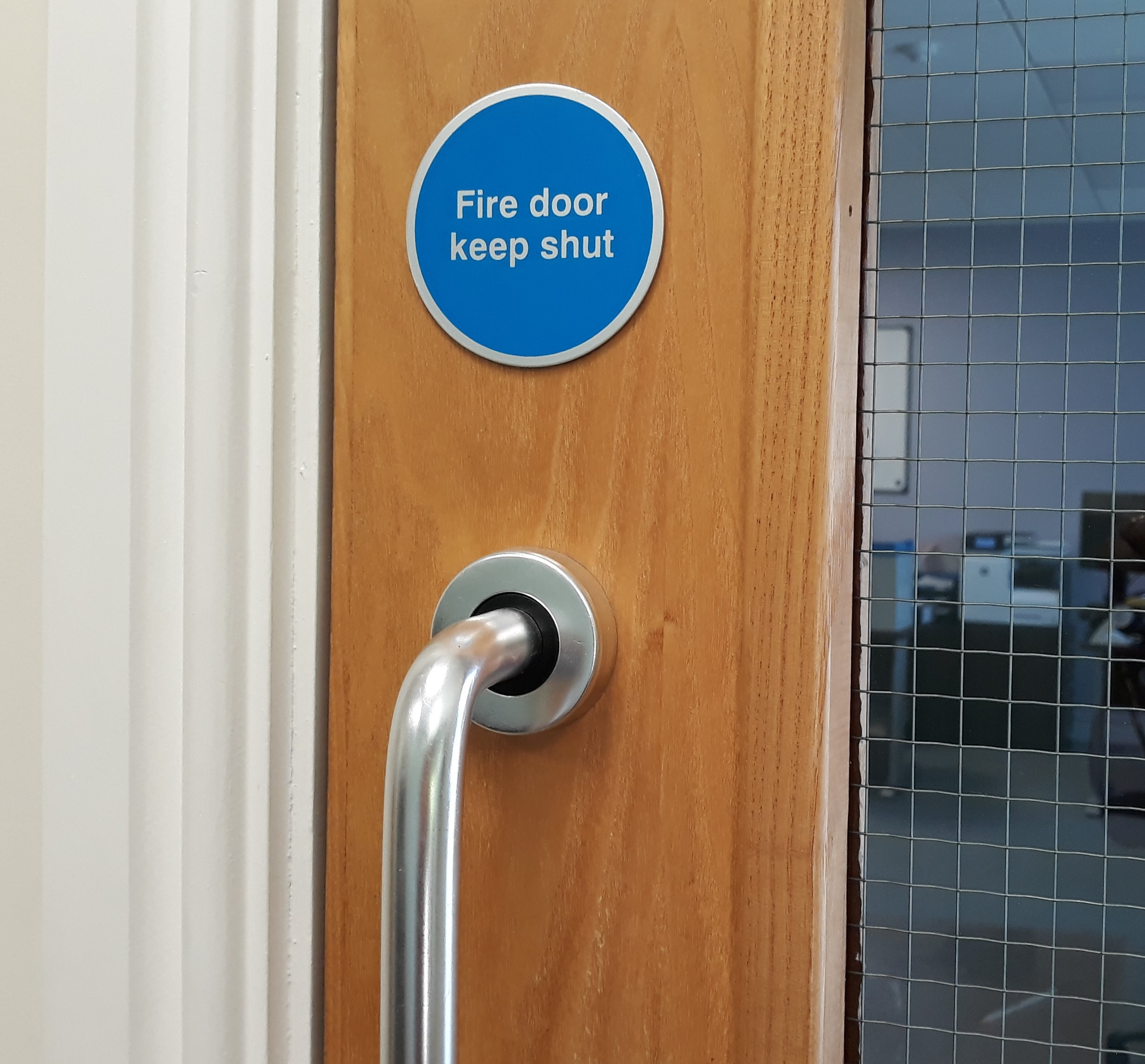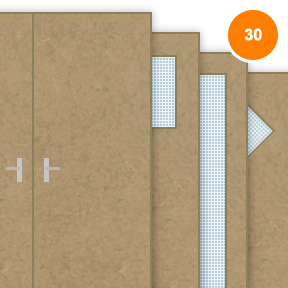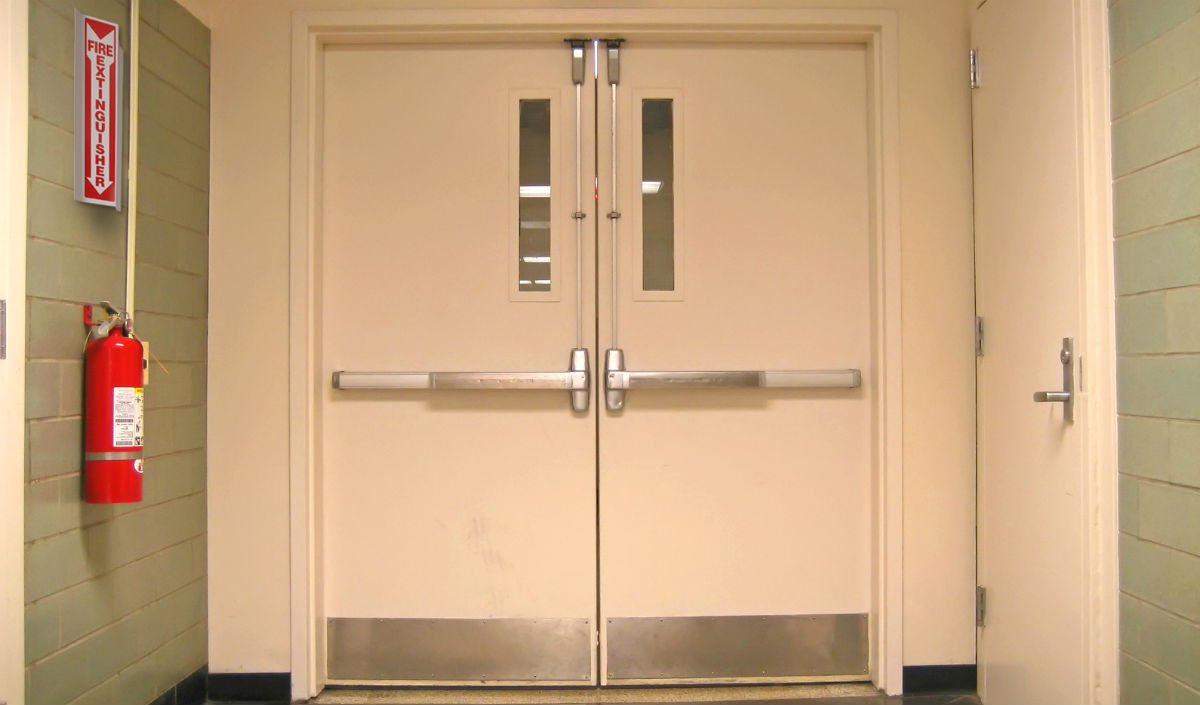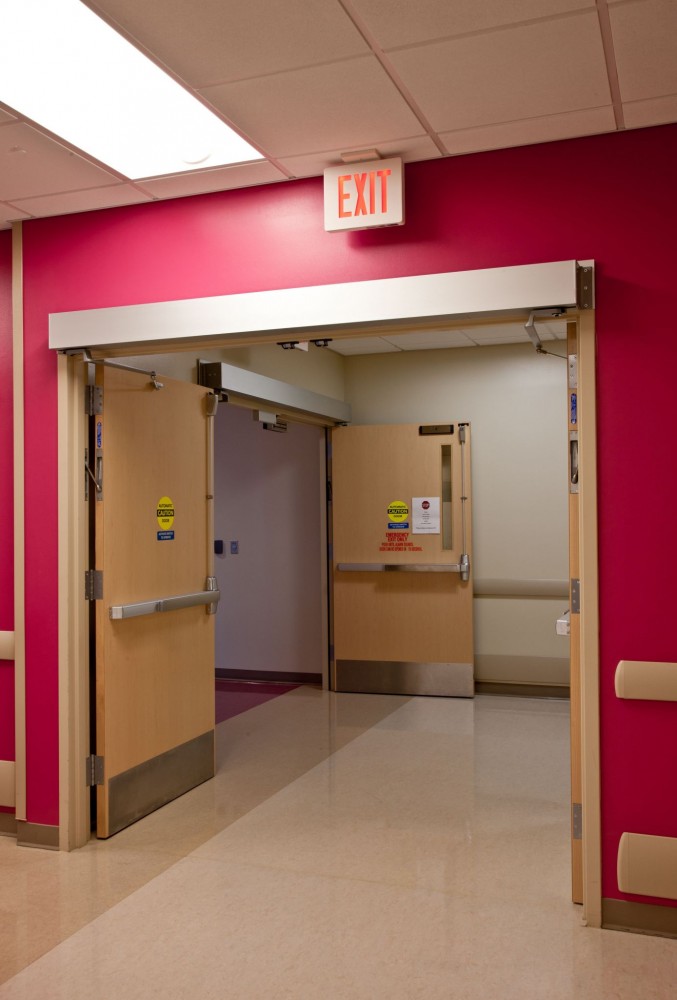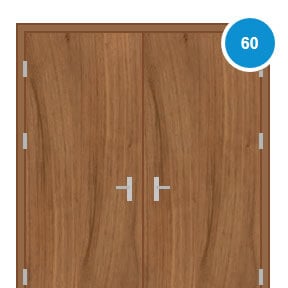There are many door sizes on the market but our fire doors can from time to time include 1981x610mm 1981x686mm 1981x762mm 1981x838mm and 2032x813mm all of which are 45mm thick if 30 minute rated we then have true metric sizes these are door sizes that are all 2040mm high and are 40mm thick they include 2040x626mm 2040x726mm 2040x826mm and in some instances 2040x926mm all fire doors whether prefinished or unfinished will be 45mm thick for a 30 minute fire door to 54mm thick for a.
Double fire door regulations.
Installing your fire doors checklist your door leaf is being installed and hung the correct way up particularly if the door has been pre fitted with plates for hinges and locks no more than 6mm is to be trimmed from any edge of the fire door.
Bs 8214 2008 also offers recommendations on fire door inspection schedules.
Building regulations stae where you have a fire door you must use the intermessant seals and where you could have smoke spillage you must have smoke seals fitted you can aqquire smoke seals and intermessant seals combined as one or you can fit two different seals fire doors are desiginated by the time required i e 30min 60mins etc different.
Door closers installed at the top of the door must be fitted to ensure they automatically shut.
Fire doors must be fitted with undamaged seals around the edges of the door.
They must be kept clear at all times for a two metre circumference around the exit and kept closed when not in use to comply with regulations.
Walls and floors and are evaluated by the same stringent procedures and criteria.
These doors are able to be pushed open from the inside and are either very simple to unlock or not locked at all.
According to bs 8214 2008 code of practice for fire door assemblies fire doors need to provide a similar level of fire resistance as the fixed elements of a building i e.
British standards set out details on the permitted gaps around a fire door bs 8214 2008 states that the gap along the sides top and between the leaves of a double door should be 3 mm 1 mm.
Around the edges of the door will be the intumescent seal which is designed to expand when temperatures reach beyond 200 c to seal the gaps between the door and frame.
Door and frame requirements wooden fire doors must have solid wood or mineral cores while steel doors typically have honeycombed or insulated cores.
Under door threshold gaps should be in accordance with the manufacturer s installation instructions for the particular doorset design.
Fire doors must have an absolute minimum of three hinges firmly fixed which are free from metal fragments and oil leakage.
The door should be prepped at the factory so there is no more than three quarters of an inch of clearance between the bottom of the door and the finished floor.
